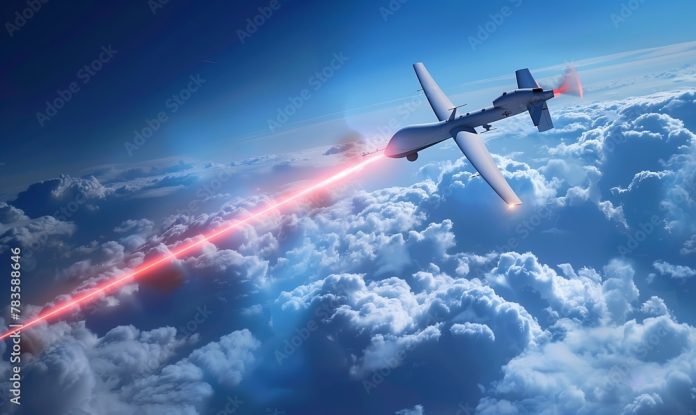
The U.S. Navy is escalating its investment in laser technology to counter the increasing threat of drones and missiles, a move that reflects a broader strategy shift in defense and underscores the urgency of adapting to new forms of warfare.
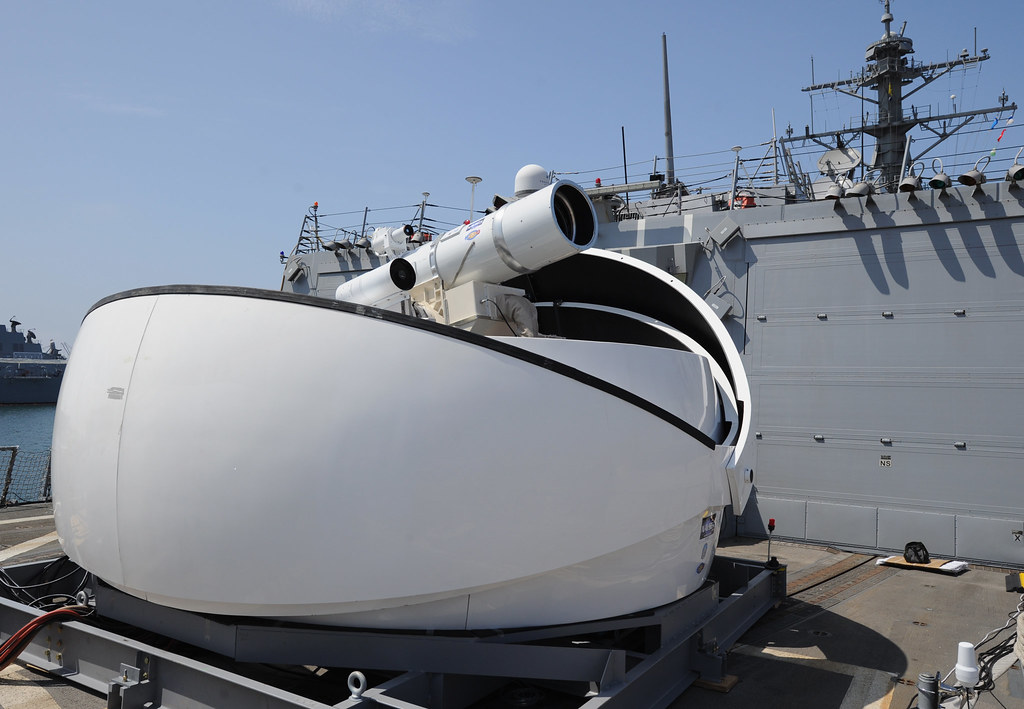
Secretary of the Navy Carlos Del Toro has vowed to ramp up funding for directed energy solutions, including lasers, acknowledging the urgency to reduce the cost of intercepting enemy projectiles.

This commitment comes after recent events in the Red Sea, where Houthi kamikaze drone and missile attacks have targeted military and commercial vessels, underscoring the vulnerabilities in current defense systems.
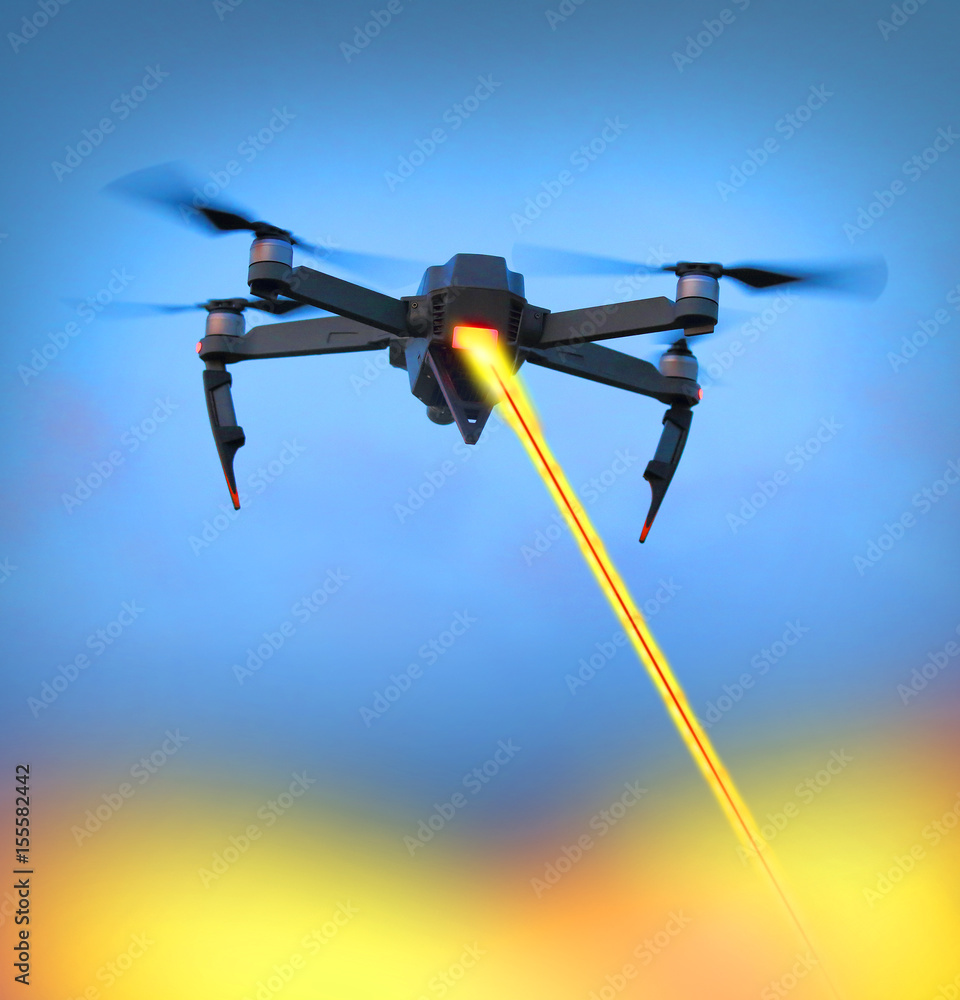
According to U.S. Central Command, a complex attack involving various projectiles was successfully thwarted by U.S. and U.K. forces, marking the 26th such incident since November.

The financial implications are stark—shooting down relatively inexpensive drones with costly missiles is not sustainable, as highlighted by General Erik Kurilla, leader of U.S. Central Command, who stated, “I would love to have the Navy produce more directed energy that can shoot down a drone so I don’t have to use an expensive missile to shoot it down.”
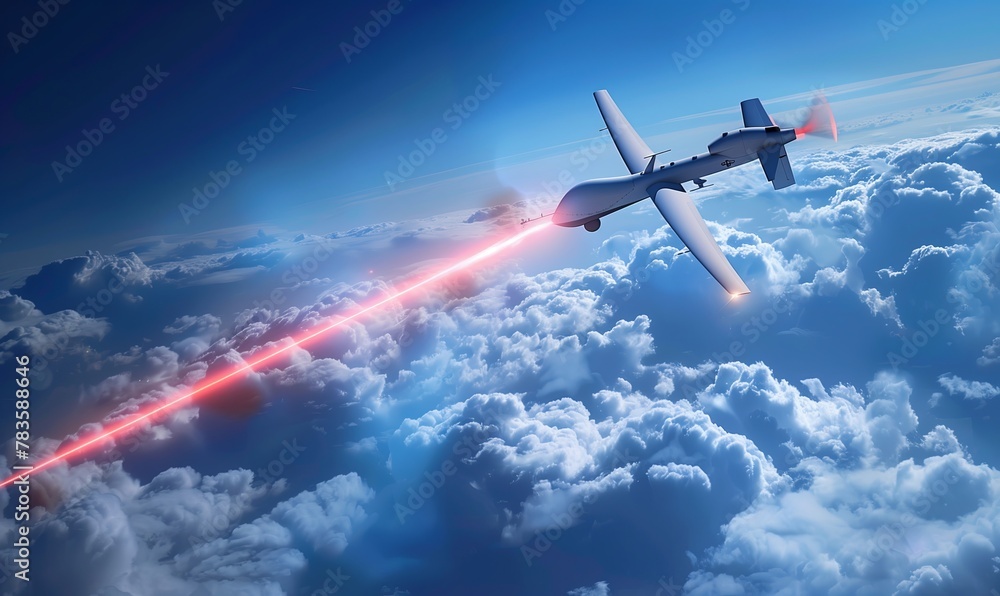
Del Toro, speaking at the Surface Navy Association’s annual symposium, expressed his conviction that the future of naval defense heavily relies on laser and microwave technology.
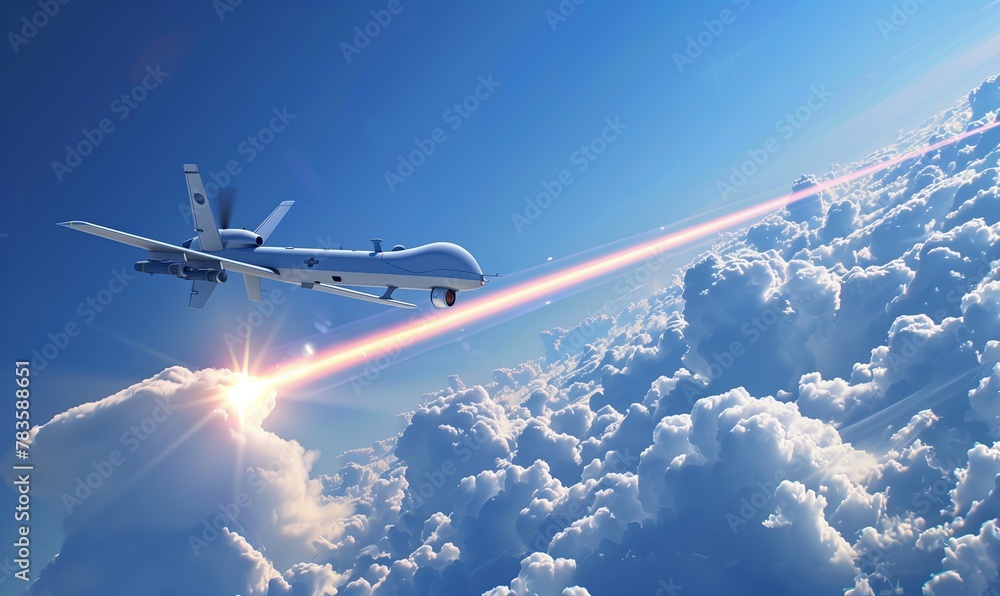
He cited ongoing advancements, such as the HELIOS system, which has been delivered to the USS Preble destroyer by Lockheed Martin, as promising steps toward actualizing this future.
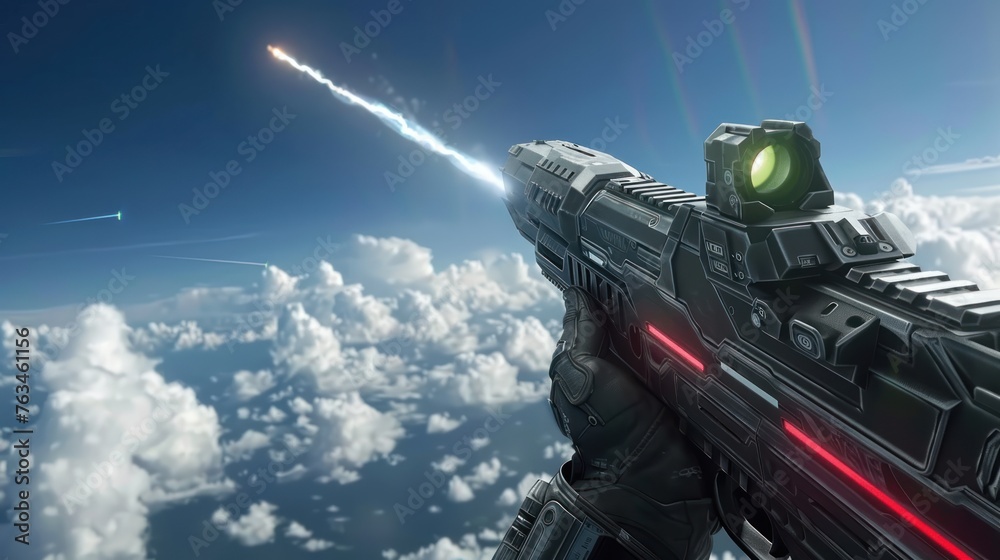
The HELIOS platform is an example of how directed energy weapons, once deemed futuristic, are becoming a practical reality for ship defense.

In the face of these advancements, the Defense Department has been annually allocating around $1 billion to directed energy research and development.
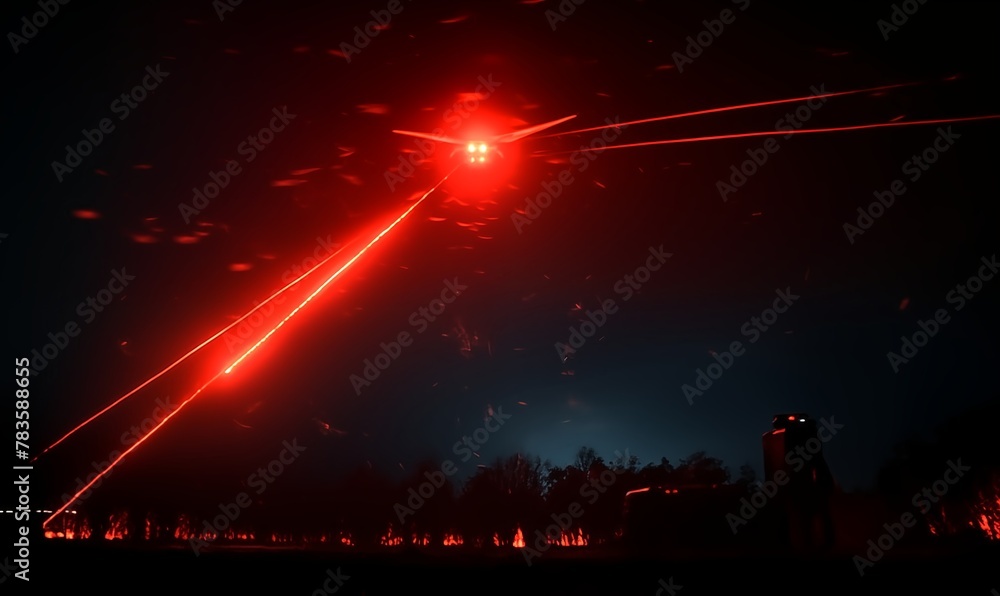
While Del Toro has not specified the amount of increase in funding, he has made it clear that the Navy’s commitment is steadfast, and that there will be an acceleration of directed energy deployment, particularly to combat swarm attacks.

Del Toro said, “We need to do that moving forward. There’s no question in my mind to get to a place perhaps five to ten years from now where we could actually start aggressively employing those capabilities on our ships early.”

This push for more effective defense technology also comes amidst the backdrop of a broader military aid package for Ukraine, as the Pentagon has announced additional support on the war’s first anniversary.
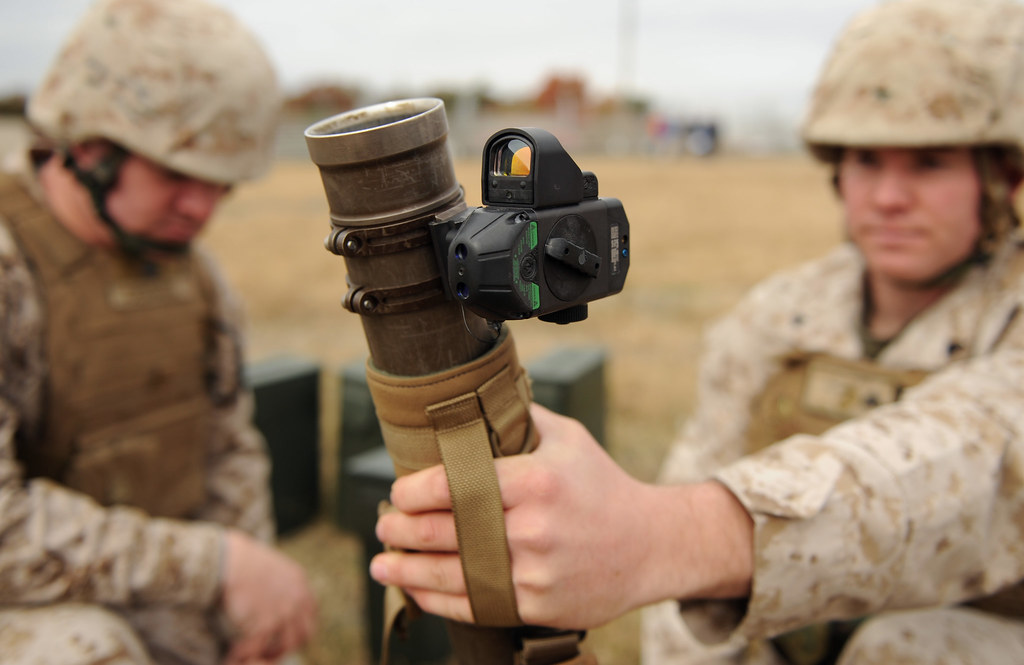
The package includes more ammunition for various systems and counter-drone and electronic warfare detection equipment, illustrating the continued relevance and importance of anti-drone technologies not only for the U.S. Navy but also for allies engaged in modern conflicts.
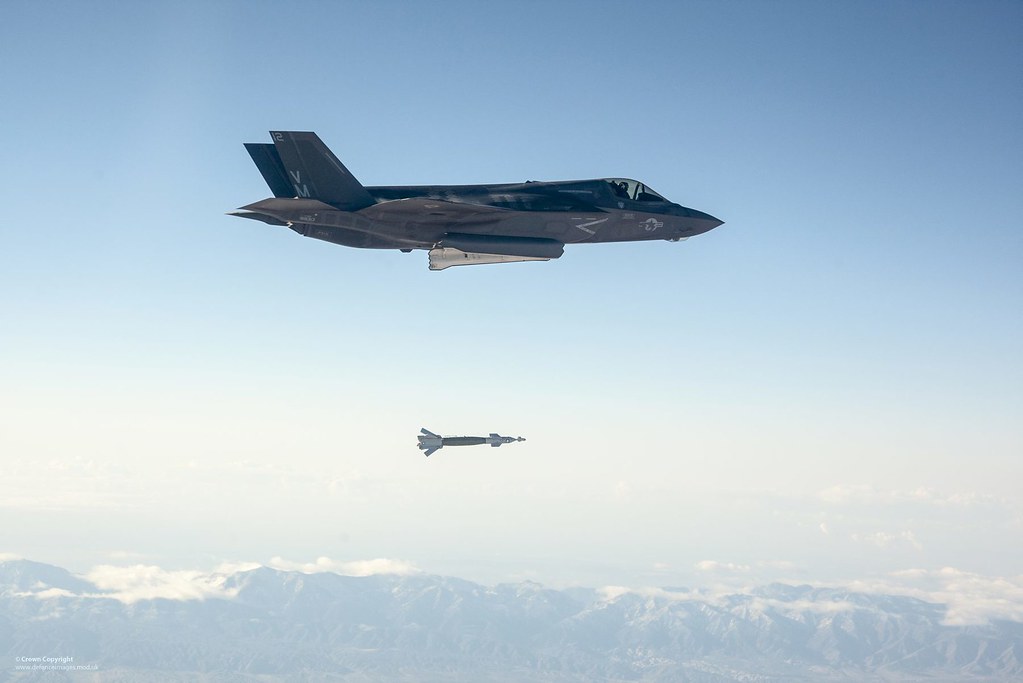
As the Navy secretary moves to redirect resources to meet these challenges, the commitment to high-powered lasers signals a significant shift in how future conflicts could be managed, emphasizing technology over traditional munitions.

This strategy aims to protect naval assets and personnel more effectively and economically in the long term, while maintaining the technological edge that is critical in modern naval warfare. The Navy’s approach is a clear signal to potential adversaries that the U.S. is actively preparing to counter and neutralize emerging threats with cutting-edge defenses, showcasing the intersection of military innovation and strategy in an increasingly complex security environment.
Relevant articles:
– Navy secretary vows more money for anti-drone lasers, DNyuz
– Navy Secretary Del Toro wants to accelerate funding for directed energy weapons, DefenseScoop
– Breaking Reports and Analysis for Government Employees, GovExec.com
– US vows to send more drones, aid to Ukraine on war’s anniversary, Defense News
